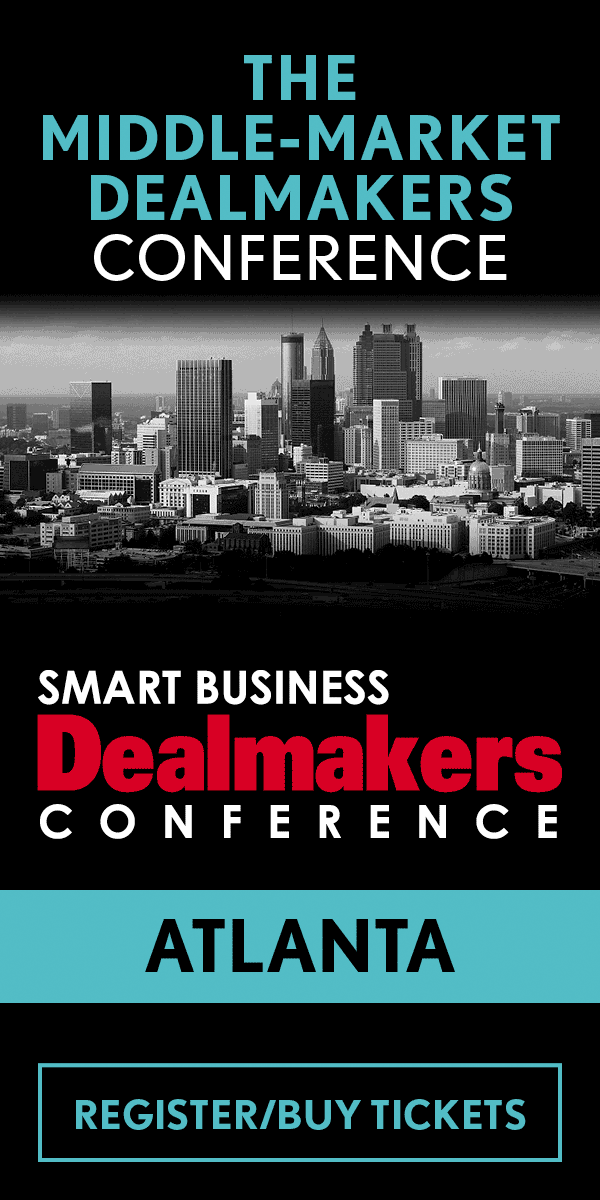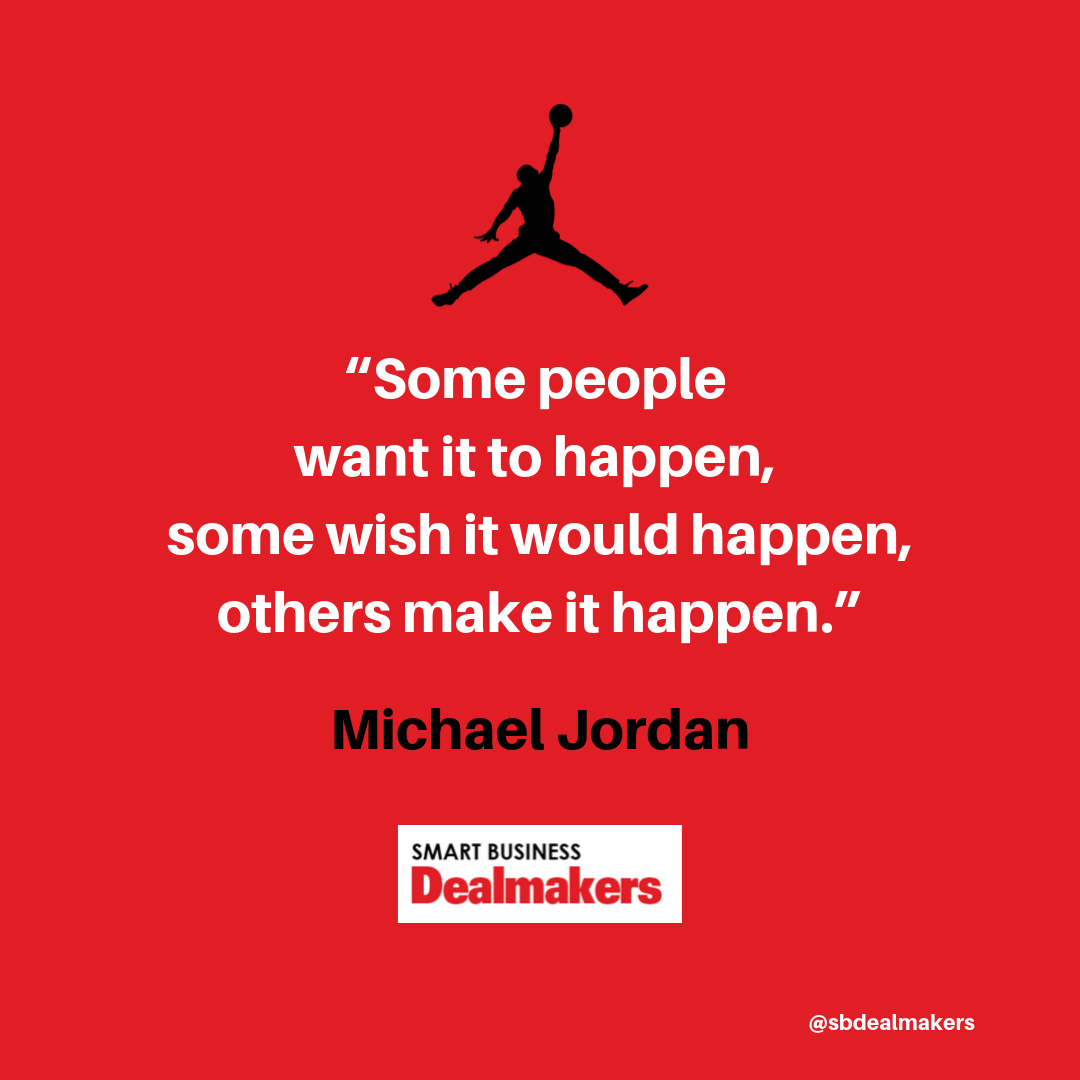Doug Bawel joined Jasper Holdings right out of college in 1976, starting on the shop floor. In his 10th year, he told the company’s owner and founder that he wanted to pursue his own venture — an engine company. Bawel said as many as six people might go with him, as well as six customers. So, the owner proposed instead that he buy the business.
Over the next year, the owner put together the opportunity for two families, Bawel’s included, to buy the company, which happened in 1987.
“We purchased the company,” Bawel said at last year’s Chicago Smart Business Dealmakers Conference. “At the time, we were right at $45 million and we were just an average company. We were in remanufacturing of gas and diesel engines and transmissions, and we're pretty happy with it.”
In 2001, they had some big money out of Detroit that wanted to buy the company, but it didn't feel right. Five years later, the two owner families began to think about where they were going to go with the business. That’s when they began looking at an ESOP.
“There were some things we liked about an ESOP, but there were some things we just weren't too sure about an ESOP,” he says. “We went to a couple conferences. We went and visited a couple of ESOP companies.”
When the Great Recession hit in 2008, the business took off.
“Nobody was buying new vehicles, so they were putting money into their remanufactured engines and transmissions,” he says. “And sure enough, here came the big boys out of Detroit again, trying to buy us. And there were four things that were important to us. No. 1 was we wanted to protect our communities. At the time, we were the third-largest employer in Dubois County, Indiana. Today, we're the largest. We were the largest in Crawford County, Indiana, and our Willow Springs plant. We give a lot of money away, whether it's the Girl Scouts, the Boy Scouts, Youth for Christ, churches, etc. And we really didn't think that people in Detroit would really care about small town USA. Third thing was our customers. They didn't need our customers. At the time, 65 percent of our business was with little independent garages — the little guy down the street from you; maybe it's just he and his wife or he and two or three other people that operate an independent garage. The balance was what we call fleet business. So, we all got in a room and everybody wrote a number down, folded a piece of paper, put it in an envelope. And then we went out and had a valuation done. The valuation came back, and we opened the valuation up, and then we opened the envelope up, and looks like we’d rather do an ESOP. March 2 of 2010, we announced. I've got 350 people in front of me, we're live streaming it to our other operations, and we're going to become 100 percent ESOP. No one, and I mean no one, clapped. No one really knew what an ESOP was.”
They had meetings and the legal team met with employees to try to sell them the idea. It was either apathy or complaints. But the ESOP went forward.
“Thirty days later, you get a letter at home, and the average person on the shop floor got 30 shares of stock and had a price of $2.30 a share,” Bawel says. “There was no fist bumps. There was no emails. There was nothing. It was crickets. The next year, the stock was $24. I'm thinking 10 times; you're going to get excited. No. No one got excited until the seventh or eighth year, where it hit right around $345; last year, $1,183. We’ve distributed $609 million of stock back to our people, and we've already redeemed $90 million. There's tax advantages, but think of the lives of your people. So, after we made our what's called, in ESOP country, your ‘reveal’ each year, usually in April or May, I asked our president, run some numbers. How many millionaires do we have in this company today? Ninety two millionaires just under the Jasper engine and transmission brand.”
Selling to private equity, when it’s known that the model is to sell the company in five to seven years, didn't make much sense to Bawel, neither did selling to somebody in Detroit. But the ownership wanted employees to know that they didn’t need be an owner to be in leadership, which is another reason why an ESOP made sense, even to those who join the business through an acquisition.
“By having an ESOP, I think you get the best of both worlds,” he says. “You can take some chips off the table. You have a chance of rewarding people. You can do phantom stock — we do that for our key people. Every acquisition that we've done, we've carved off some phantom stock where they're part of the big ESOP, but they're also part as they grow that company, so you get a second bite, if you want to. In our case, all leadership has remained on.”
He says ESOPs sometimes are formed because someone couldn't sell their company, but that doesn’t tend to turn out. Some ESOPs gave the stock away too quick, and they had to buy the stock back so they could then redeploy it.
“We wanted ours to last forever, so we originally set it up for a 40 year life,” he says. “Now we've been 15 years. We realize that we were hitting about a 25 percent of your gross pay in the new benefit you're going to receive, and then when you look at the appreciation plus the forfeit and trust fund shares, we had some truck drivers who were making $90,000 but their increased value in their ESOP was $100,000 in a year, over 100 percent of their pay. And we said, ‘Time out. this is not going to be a structure that's going to work out.’ So, now we target between 12 and 16 percent of their pay in a new contribution each and every year. Last year was 19 percent, plus then the appreciation they got on the rest of their stock.”
He says having an ESOP has employees far more engaged with the bigger-picture business than they otherwise would be. He says about two months into the ESOP, some people asked why the regional VPs average hotel bills $25 higher than the president of the company, which prompted him to email those people to make adjustments.
Once when out on the shop floor, someone pointed out that another employee seemed to be underperforming. Bawel asked why that was being brought up at that moment when the underperforming employee had worked there for several years.
“Well, I'm an owner,” Bawel says was the employee’s response. “When I worked for you, I didn't care about your money. But I care about my money.”
He says under the Jasper brand, they’ve been on their Lean journey since 2001. Over the past five years, they've averaged 15,000 continuous ideas each and every year and they’ve implemented 86 percent each of the last five years. That’s in part because in order to reach the higher levels of the company’s pay, employees are required to implement eight continuous improvement ideas every year.
In one case, a company they looked at ended up going private equity, which he says ran it in the ground. But the reason they didn't do an ESOP is because they were told by their local attorney that their kids can't be involved in the ownership of ESOP stock, but that's not the case.
“ESOP is the only thing that most Democrats and Republicans agree on,” he says. “And the reason is because most people do not have enough money to retire on, and Social Security is not going to be enough. I mean, it isn't. So, what a great way to do it, and yet you can then continue to see your business grow.”




